Nike celebrates 21/22 NBA season tip-off with opening of LeBron James Innovation Center
Olson Kundig designs LeBron James Innovation Center, named after the famous LA Lakers player, at Nike’s vast World Headquarters in Oregon, USA
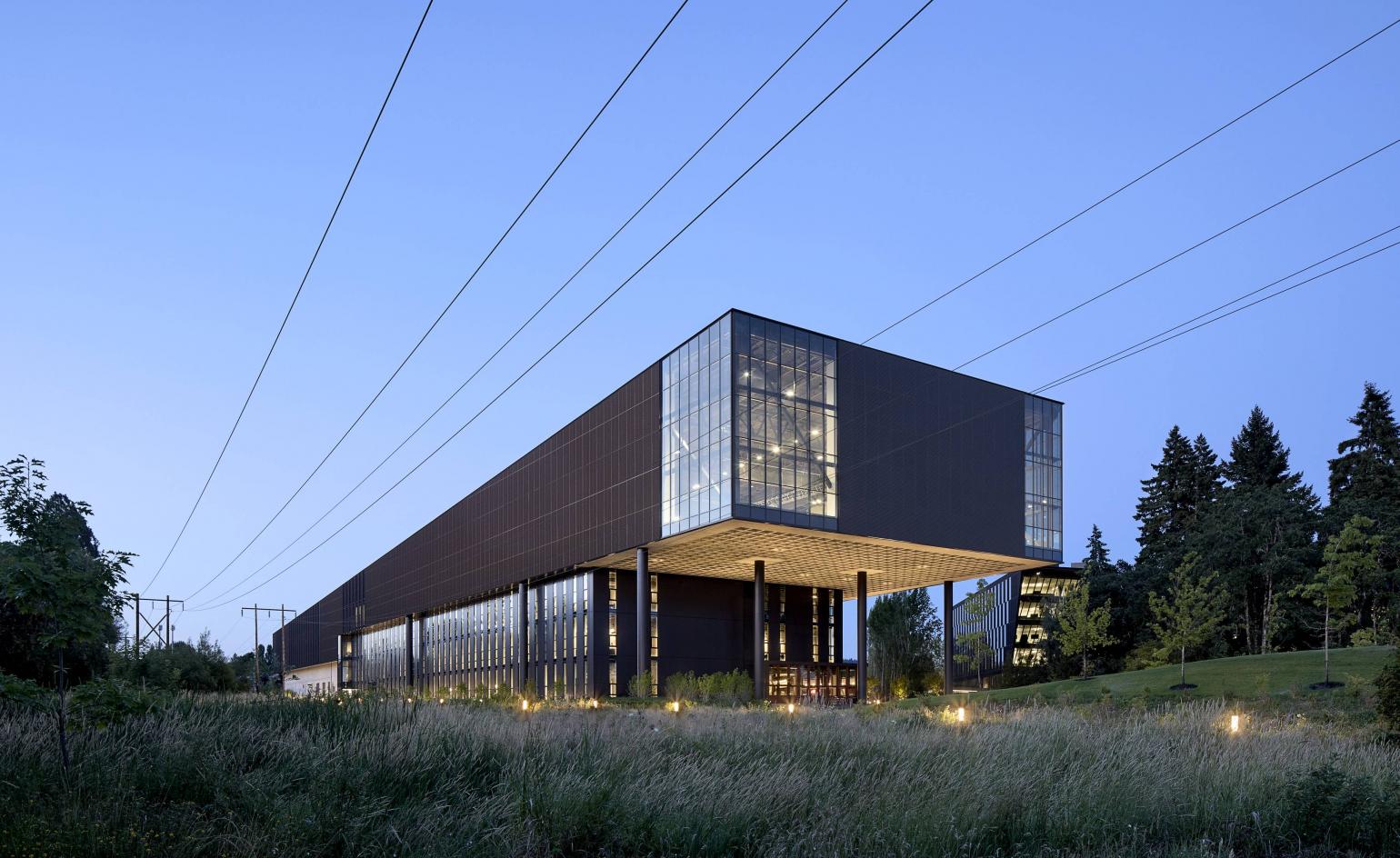
Seattle-based architecture studio Olson Kundig made its reputation with exquisitely detailed private houses and cabins, often deeply embedded in the American landscape, with a strong, post-industrial aesthetic. The studio’s figureheads, Jim Olson and Tom Kundig, who lead the American architecture studio together with four other partners, usually work quasi-independently on different projects. The new LeBron James Innovation Center – named after the LA Lakers player – at Nike’s vast World Headquarters (WHQ) in Beaverton, Oregon, is one of Kundig’s, and features his trademark raw materiality, from its exposed concrete to the rusted metal finishes.
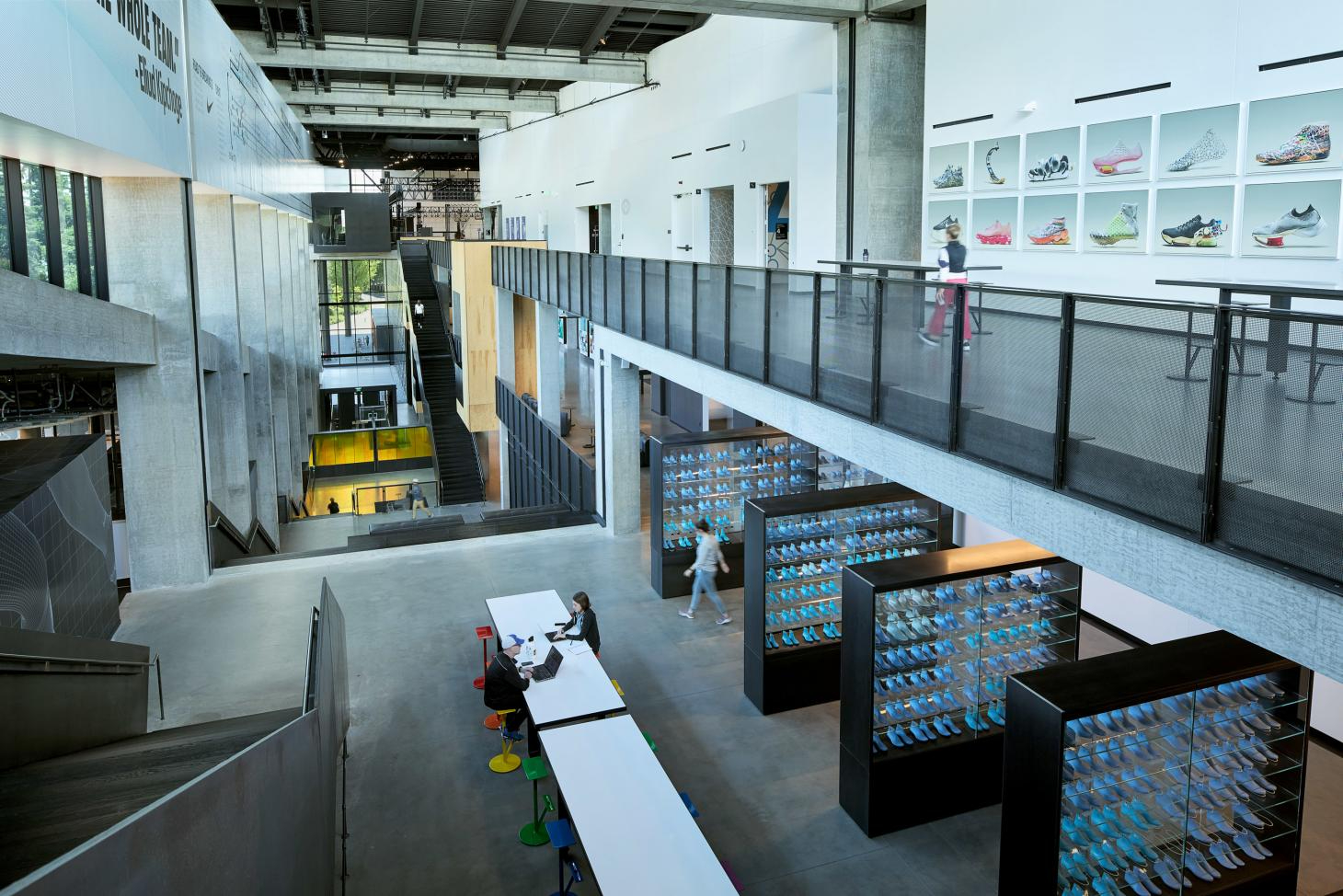
Kundig describes the project, located in the north-western corner of Nike’s vast 286-acre corporate site, as a ‘very complex feat of engineering’. Occupying 700,000 sq ft, the Innovation Center brings together Nike’s various innovation teams, previously scattered across the campus. It is here they’ll develop new lines, new materials, and new approaches.
The structure has been designed to minimise any vibration and noise that might affect the data being tracked by these internal labs. In addition to expansive design studios and meeting rooms, the centre also contains prototyping labs, a large indoor research hub, sporting facilities, and an outdoor running track built on a 15-degree incline.
‘Nike’s underlying agenda of fast’
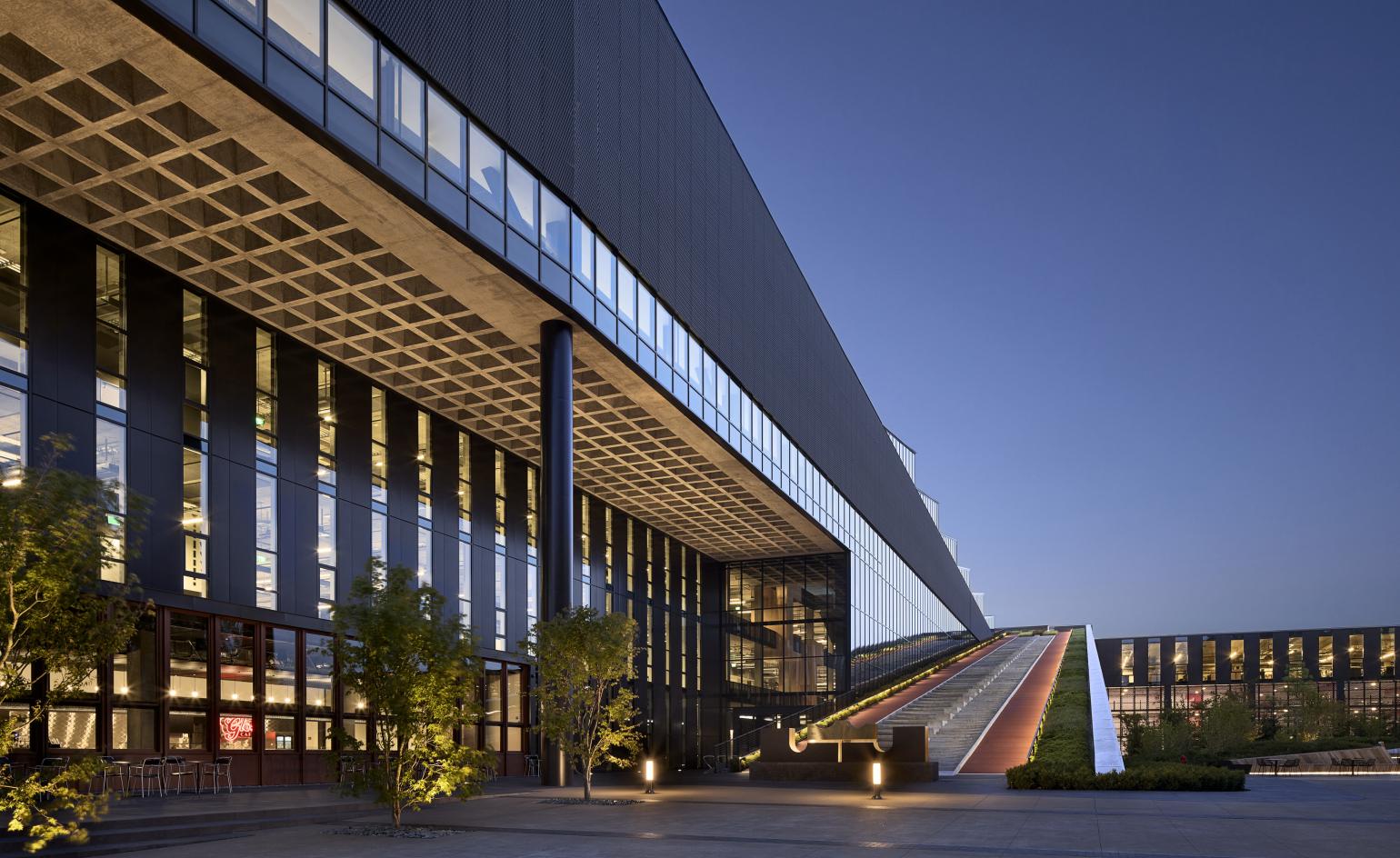
Inside, the studios are arranged to look over a four-storey atrium, with a ribbon-like staircase that unites each level. The top floor is occupied by the Nike Sport Research Lab (NSRL), the large volume that cantilevers out over the main entrance. The lab area also contains a full-size basketball court.
‘The “big idea” behind this building is Nike’s underlying agenda of fast,’ says Kundig. ‘Athletics at all levels – and innovation in service of athletes – is about capturing speed, about going fast. The spiritual sense of the building reflects this functional basis as well as the poetic finish of fast.’ Environmental performance is also high on the agenda, with the building becoming the largest in the state to achieve the LEED Platinum rating from the US Green Building Council.
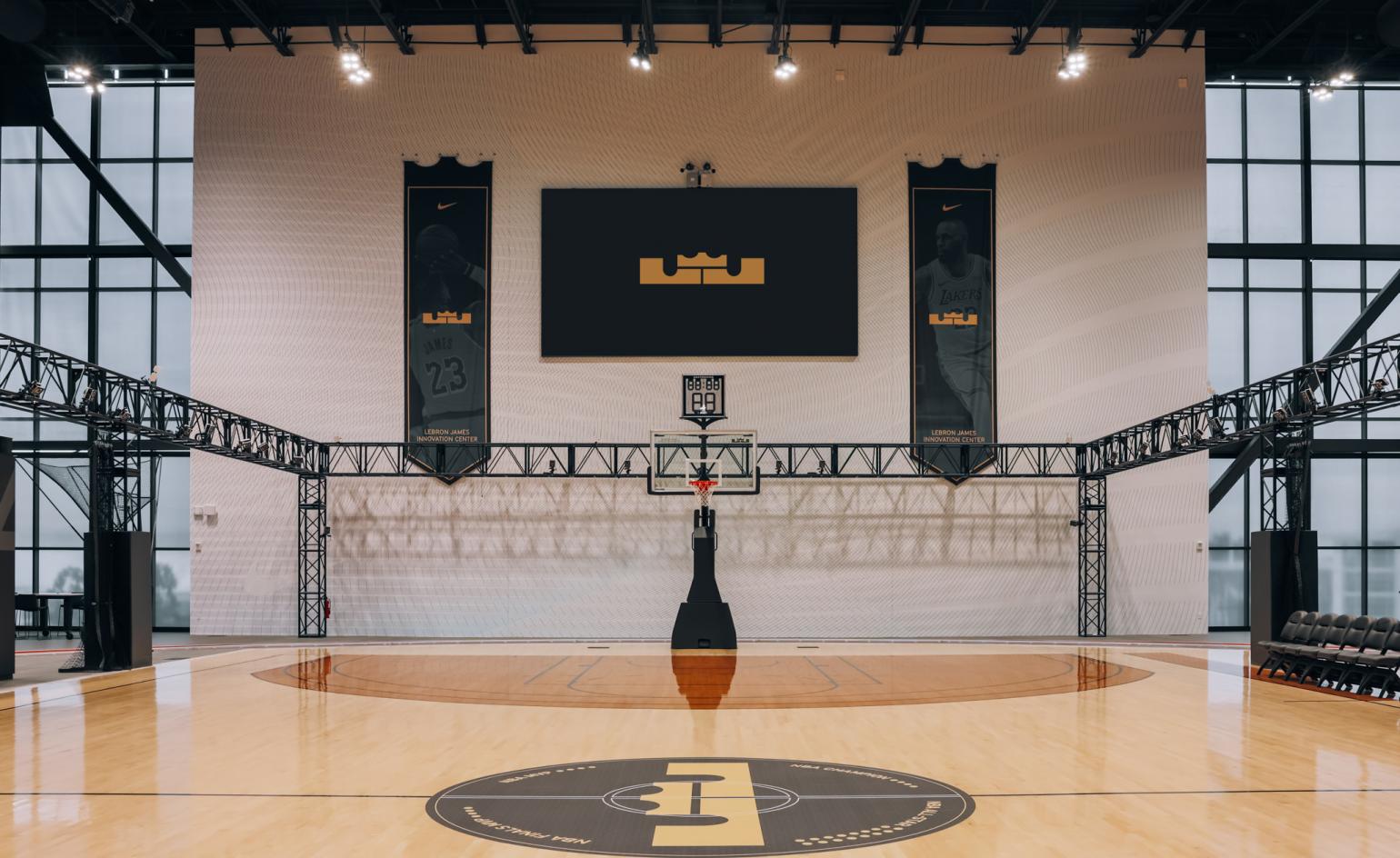
The rough finishes incorporate the visual signs of construction, with simple, elemental materials like concrete and steel paired with plywood for desks and storage. Kundig stresses the importance of material authenticity. ‘This building is designed to be functional, fast-moving, performance-based; we wanted to avoid anything too “precious” and instead selected materials for durability and strength,’ he says.
‘The building celebrates the raw performance of basic materials, much like athletics showcases the raw performance of the human form.’
Receive our daily digest of inspiration, escapism and design stories from around the world direct to your inbox.

Basketball player LeBron James has been with Nike his entire career, signing a $90m contract with the company when he left high school in 2003. The LA Lakers player lends his name to many clothing and shoe lines for the company, and the new building celebrates this long partnership. It joins other structures on the corporate campus named after leading sportspeople, including John McEnroe, Seb Coe, Pete Sampras, Serena Williams, and Mia Hamm.
The centre also provides a good opportunity for bold sporting hypergraphics, including a visual representation of James’ shots on his journey to amassing 30,000 points, a ‘heat map’ of dots. ‘I’ve always felt the basis of architecture is function-driven with a poetic finish,’ Kundig says, and in this respect the LeBron James Innovation Center is an undeniable high scorer.
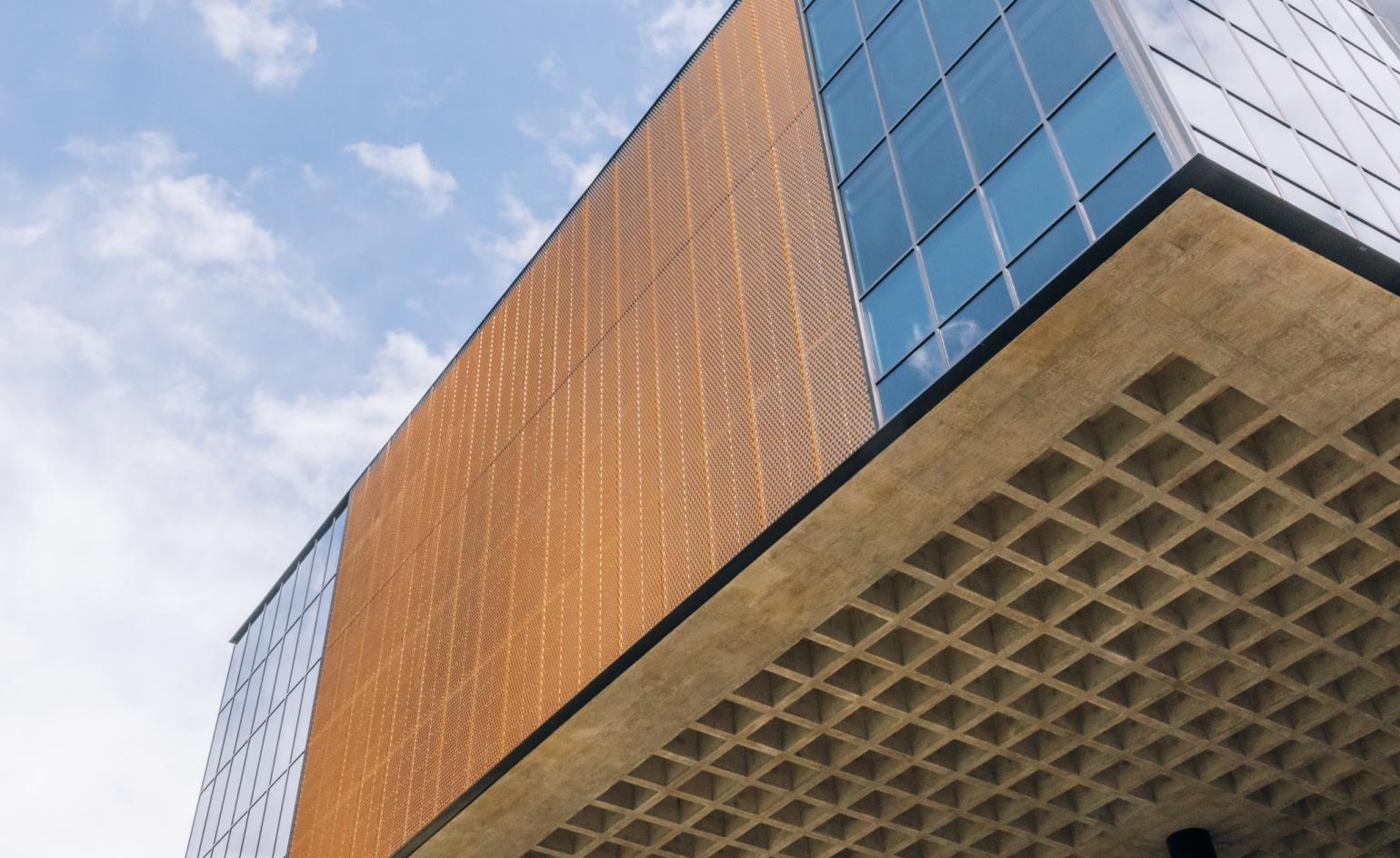
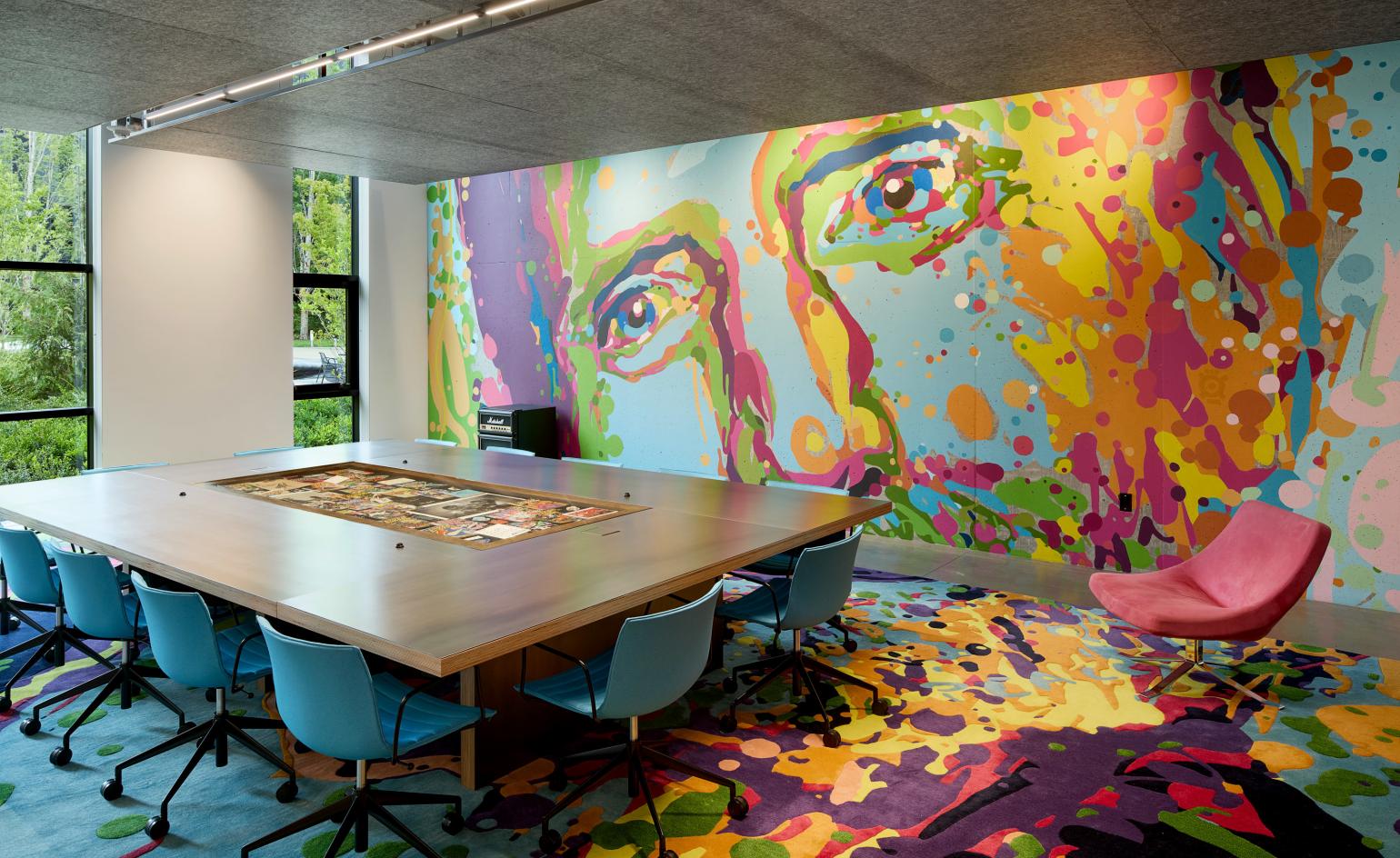

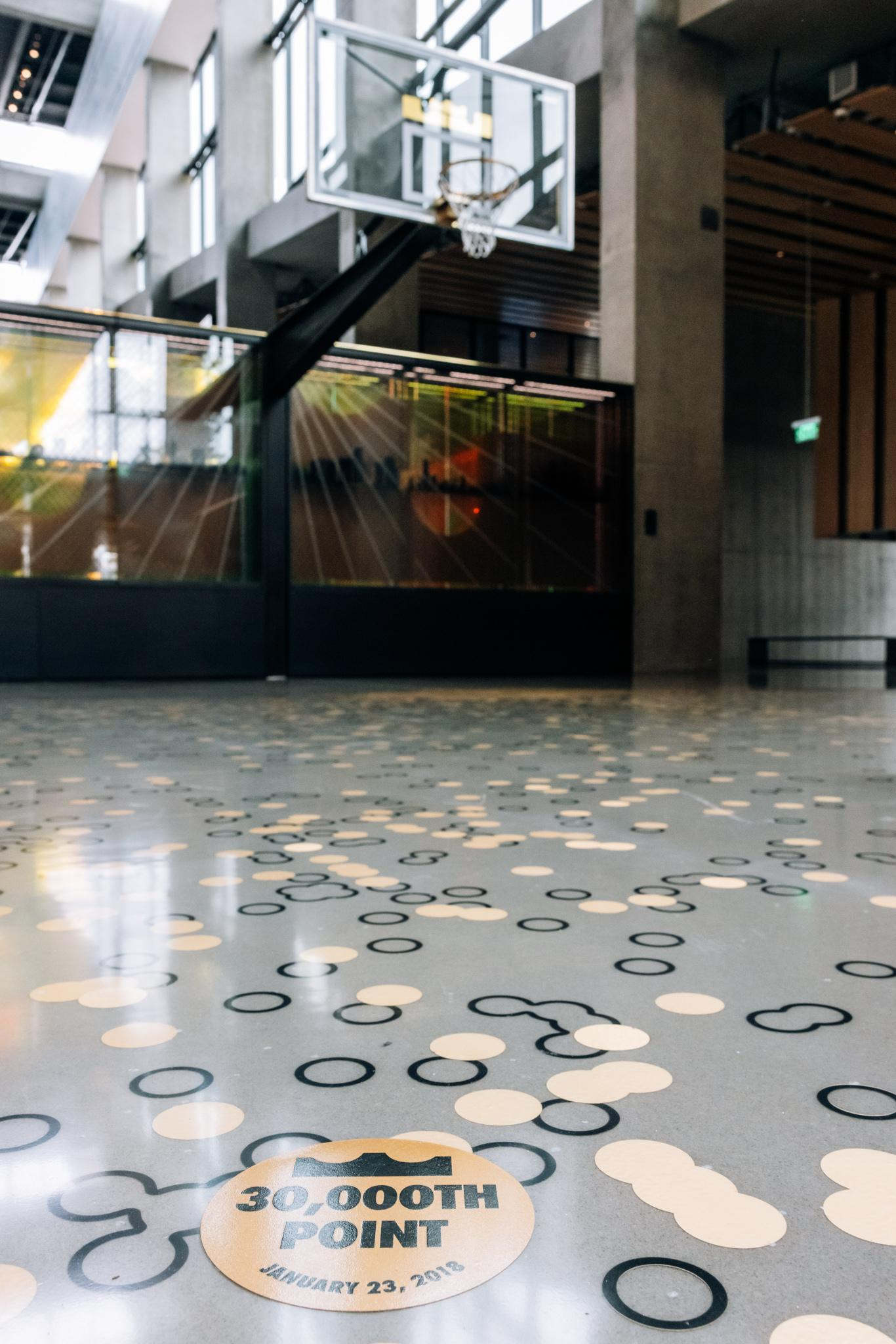
INFORMATION
nike.com
olsonkundig.com
Jonathan Bell has written for Wallpaper* magazine since 1999, covering everything from architecture and transport design to books, tech and graphic design. He is now the magazine’s Transport and Technology Editor. Jonathan has written and edited 15 books, including Concept Car Design, 21st Century House, and The New Modern House. He is also the host of Wallpaper’s first podcast.
-
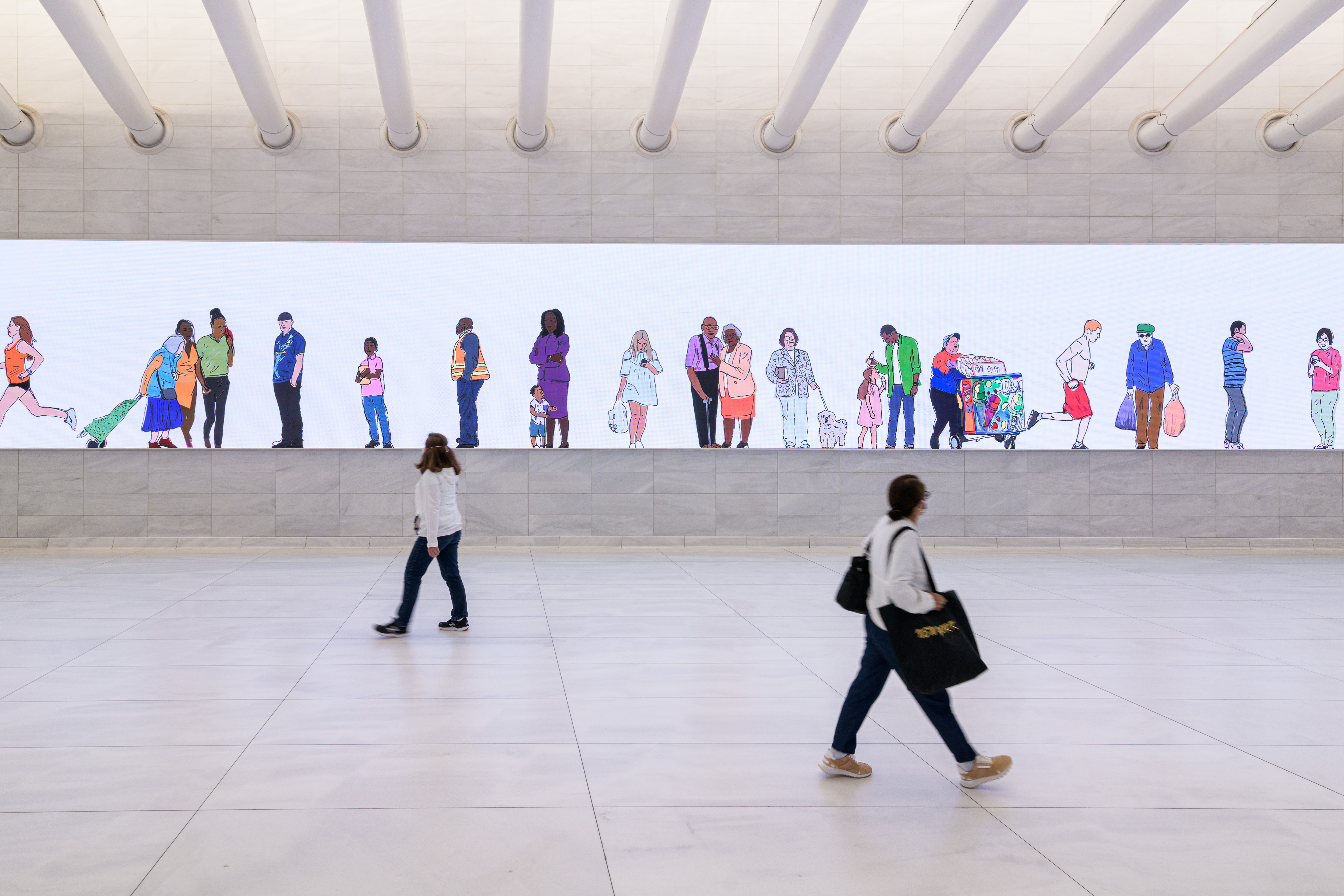 'Design at its most ambitious': meet the 2025 Royal Designers for Industry
'Design at its most ambitious': meet the 2025 Royal Designers for IndustryThe Royal Society for Arts announces the five new Royal Designers for Industry as well as two Honorary Royal Designers for Industry
-
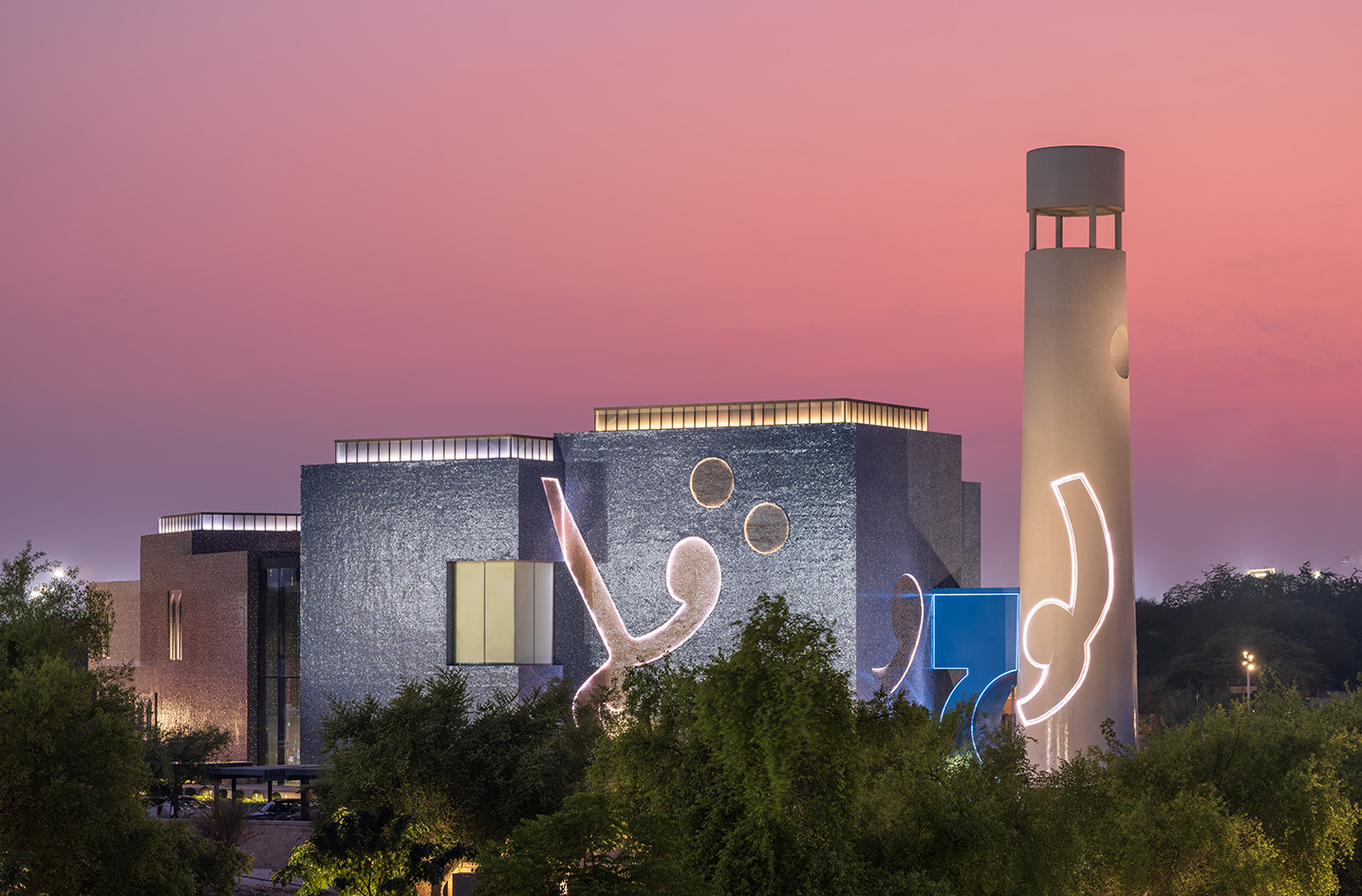 A new art museum brings colour, quirk and a celebration of creativity to Doha
A new art museum brings colour, quirk and a celebration of creativity to DohaLawh Wa Qalam: M. F. Husain Museum is awash with colour and character, courtesy of Indian architect Martand Khosla and the Qatar Foundation
-
 Out of office: The Wallpaper* editors’ picks of the week
Out of office: The Wallpaper* editors’ picks of the weekThis week, the Wallpaper* team had its finger on the pulse of architecture, interiors and fashion – while also scooping the latest on the Radiohead reunion and London’s buzziest pizza
-
 The Stahl House – an icon of mid-century modernism – is for sale in Los Angeles
The Stahl House – an icon of mid-century modernism – is for sale in Los AngelesAfter 65 years in the hands of the same family, the home, also known as Case Study House #22, has been listed for $25 million
-
 Houston's Ismaili Centre is the most dazzling new building in America. Here's a look inside
Houston's Ismaili Centre is the most dazzling new building in America. Here's a look insideLondon-based architect Farshid Moussavi designed a new building open to all – and in the process, has created a gleaming new monument
-
 Frank Lloyd Wright’s Fountainhead will be opened to the public for the first time
Frank Lloyd Wright’s Fountainhead will be opened to the public for the first timeThe home, a defining example of the architect’s vision for American design, has been acquired by the Mississippi Museum of Art, which will open it to the public, giving visitors the chance to experience Frank Lloyd Wright’s genius firsthand
-
 Clad in terracotta, these new Williamsburg homes blend loft living and an organic feel
Clad in terracotta, these new Williamsburg homes blend loft living and an organic feelThe Williamsburg homes inside 103 Grand Street, designed by Brooklyn-based architects Of Possible, bring together elegant interiors and dramatic outdoor space in a slick, stacked volume
-
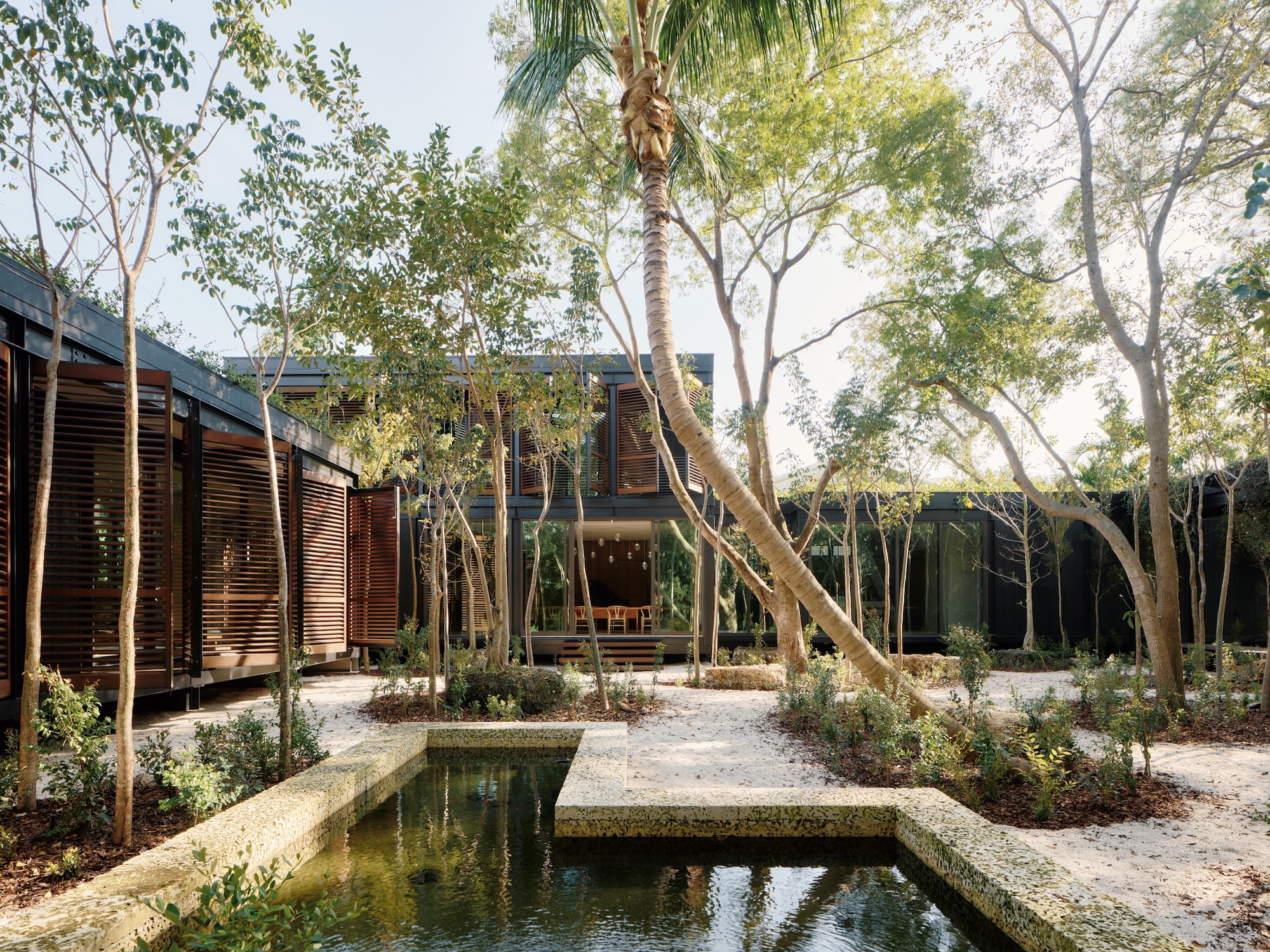 This ethereal Miami residence sprouted out of a wild, jungle-like garden
This ethereal Miami residence sprouted out of a wild, jungle-like gardenA Miami couple tapped local firm Brillhart Architecture to design them a house that merged Florida vernacular, Paul Rudolph and 'too many plants to count’
-
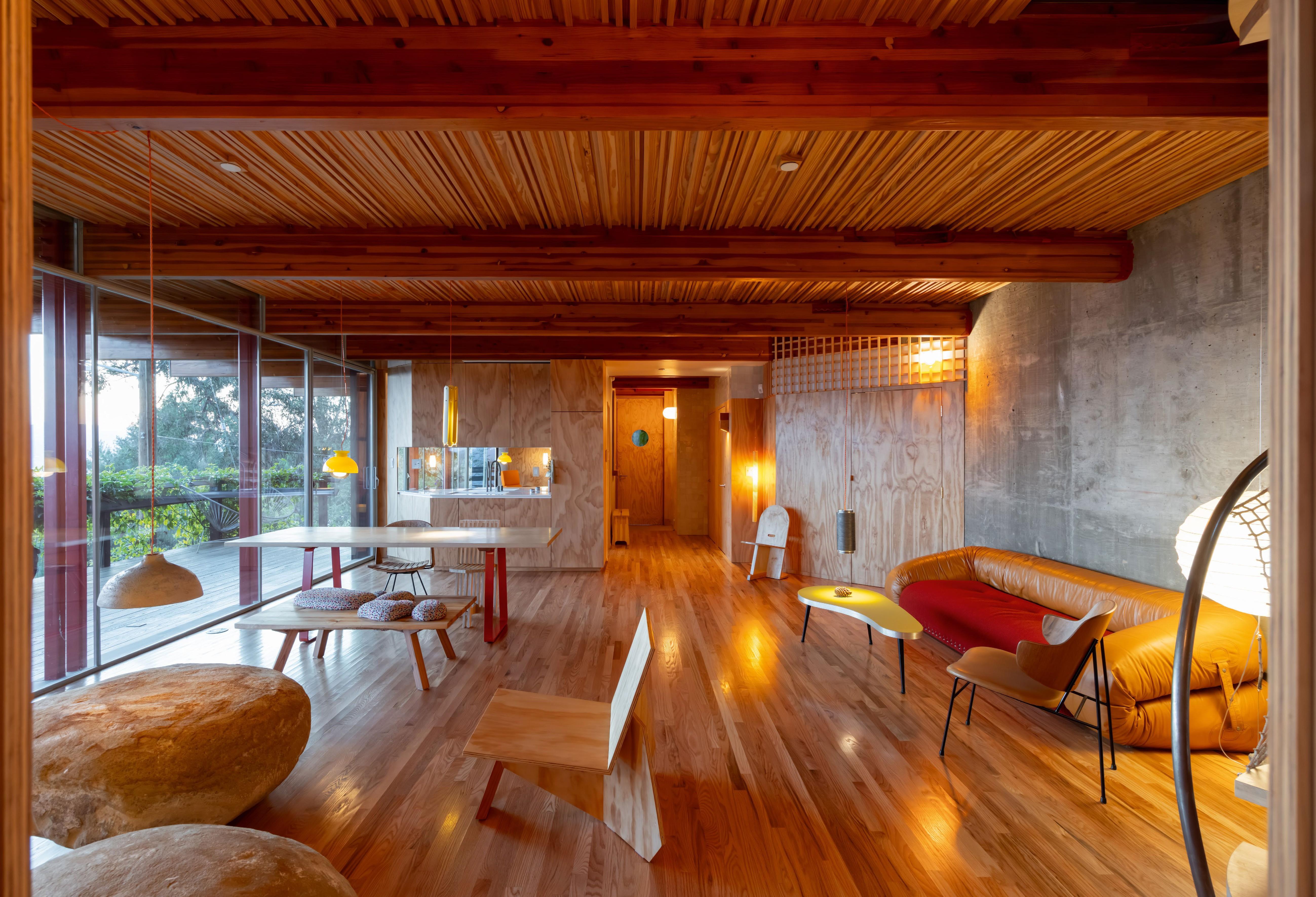 Tour Cano House, a Los Angeles home like no other, full of colour and quirk
Tour Cano House, a Los Angeles home like no other, full of colour and quirkCano House is a case study for tranquil city living, cantilevering cleverly over a steep site in LA’s Mount Washington and fusing California modernism with contemporary flair
-
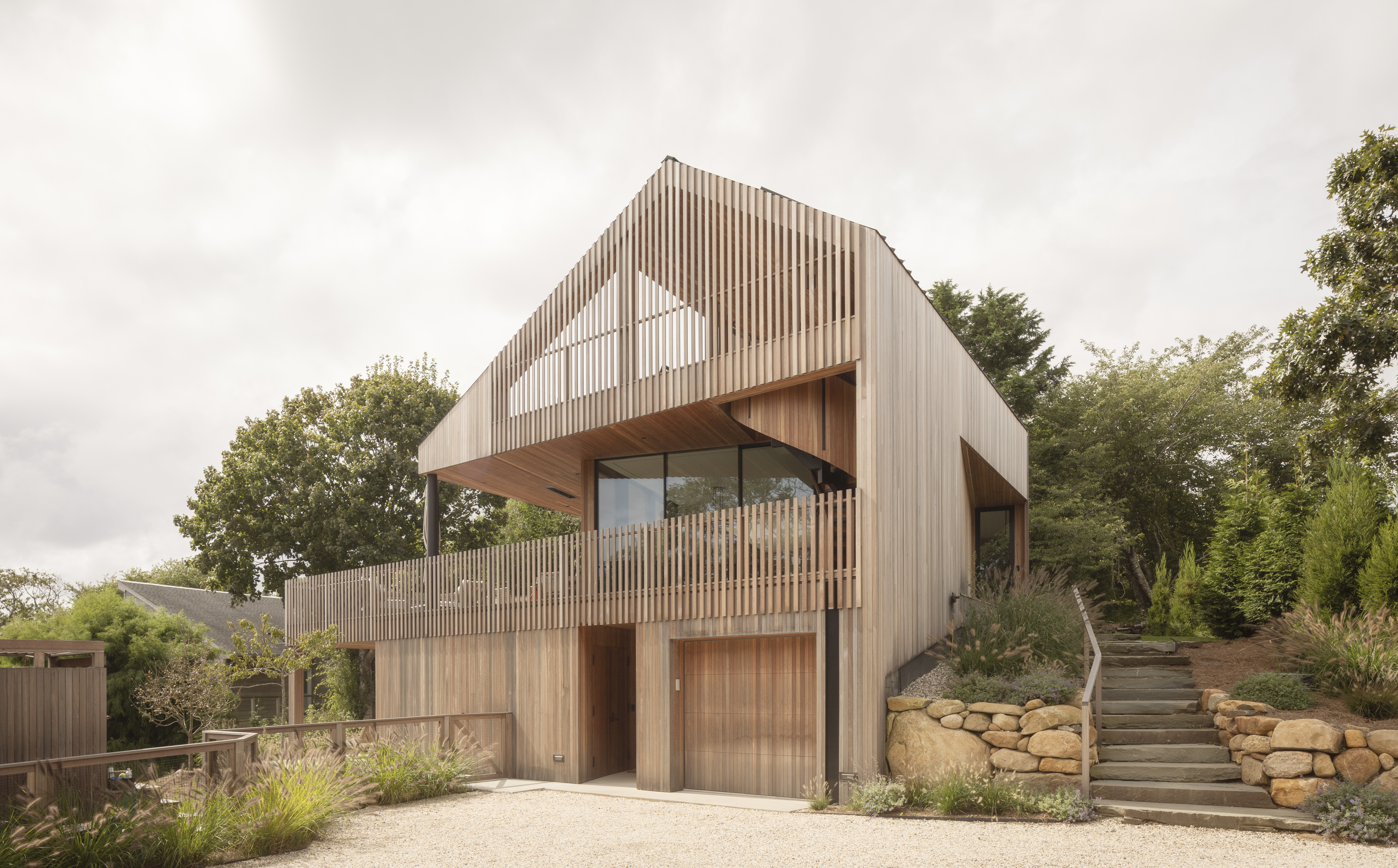 An ocean-facing Montauk house is 'a coming-of-age, a celebration, a lair'
An ocean-facing Montauk house is 'a coming-of-age, a celebration, a lair'A Montauk house on Hither Hills, designed by Hampton architects Oza Sabbeth, is wrapped in timber and connects its residents with the ocean
-
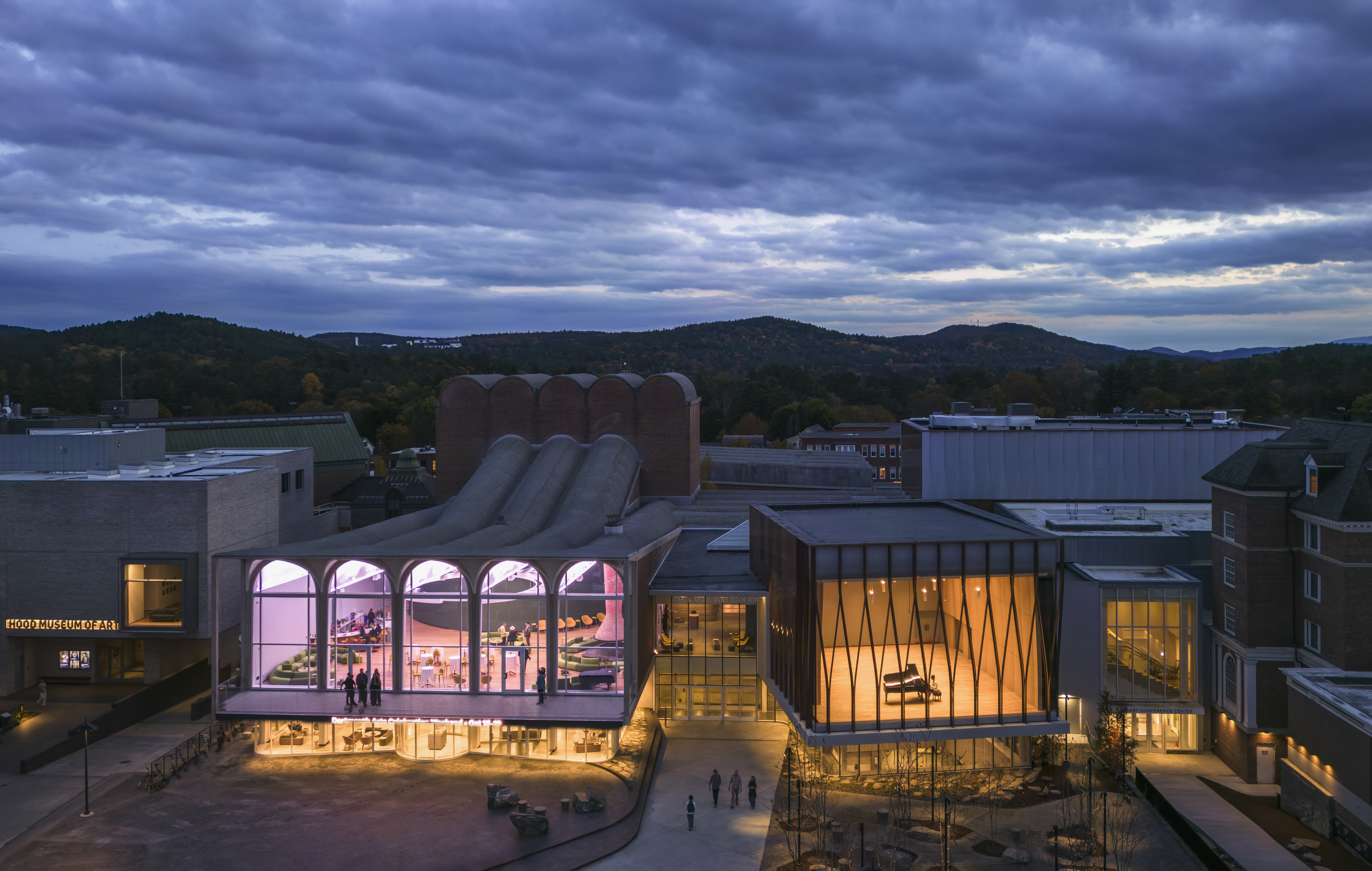 With a freshly expanded arts centre at Dartmouth College, Snøhetta brings levity to the Ivy League
With a freshly expanded arts centre at Dartmouth College, Snøhetta brings levity to the Ivy LeagueThe revamped Hopkins Center for the Arts – a prototype for the Met Opera house in New York –has unveiled its gleaming new update